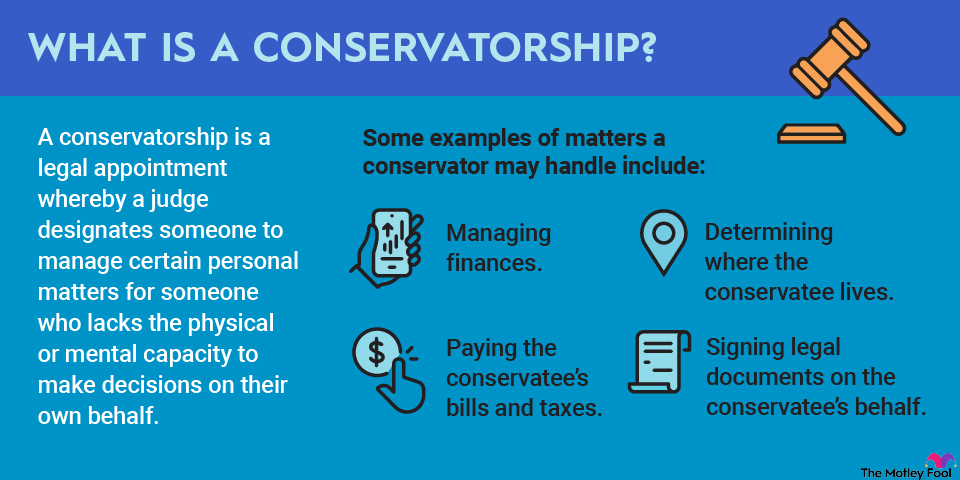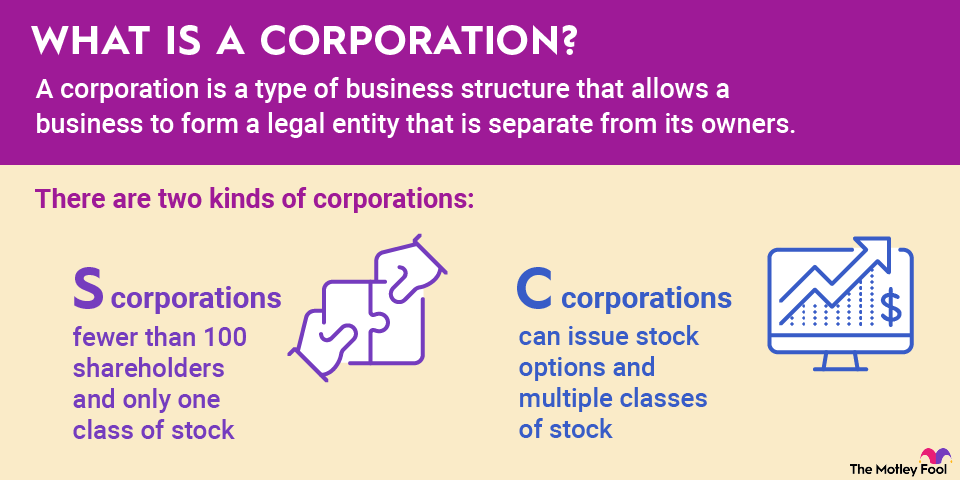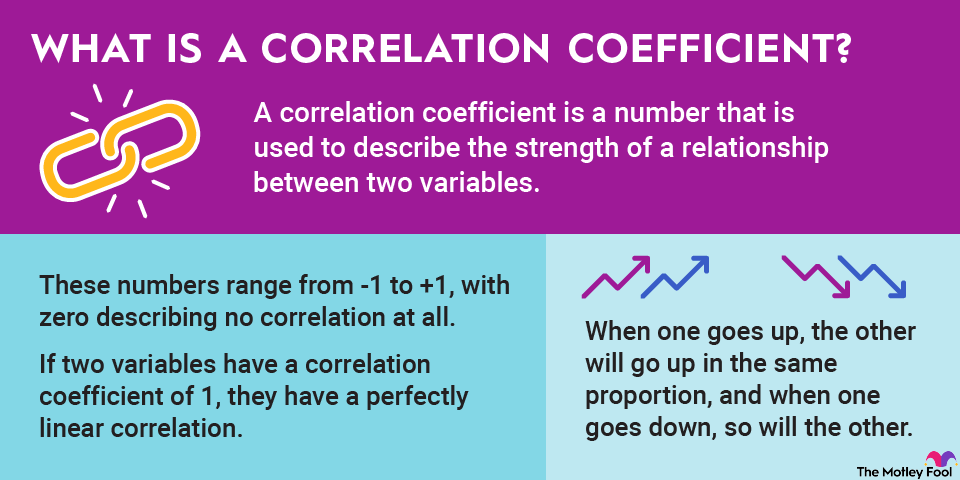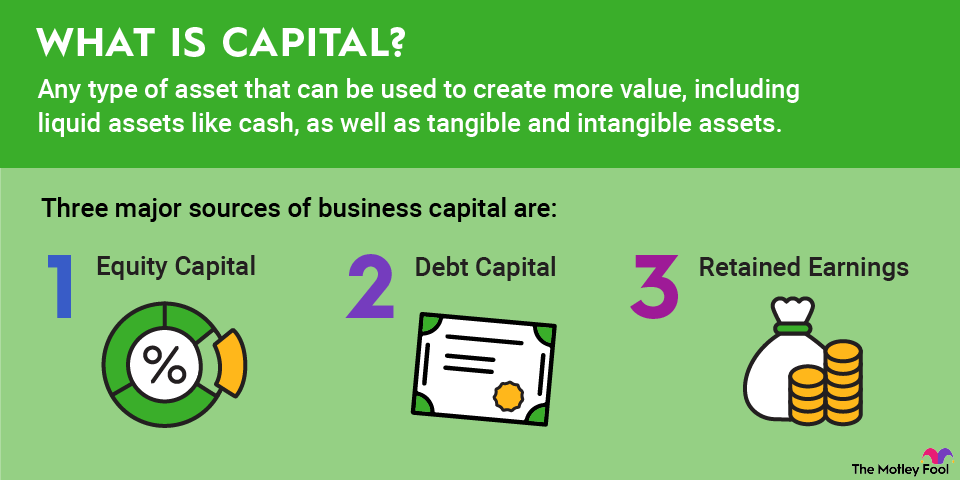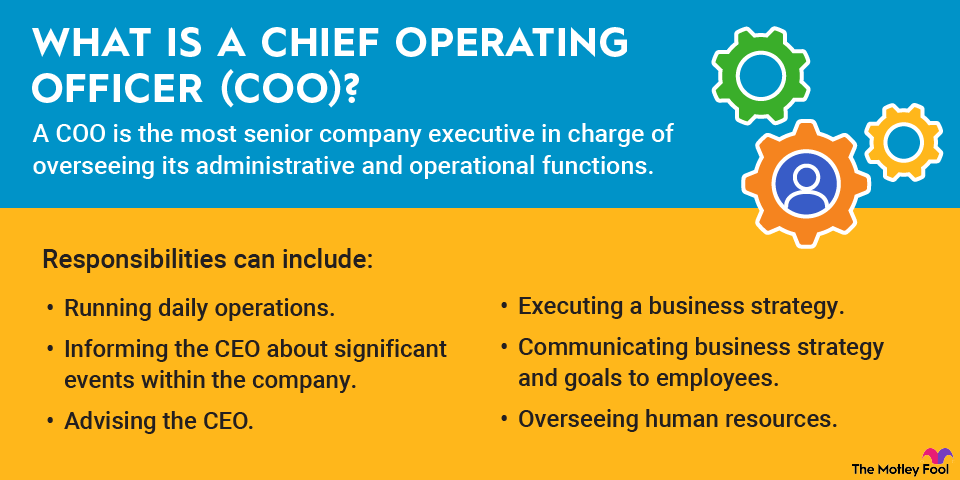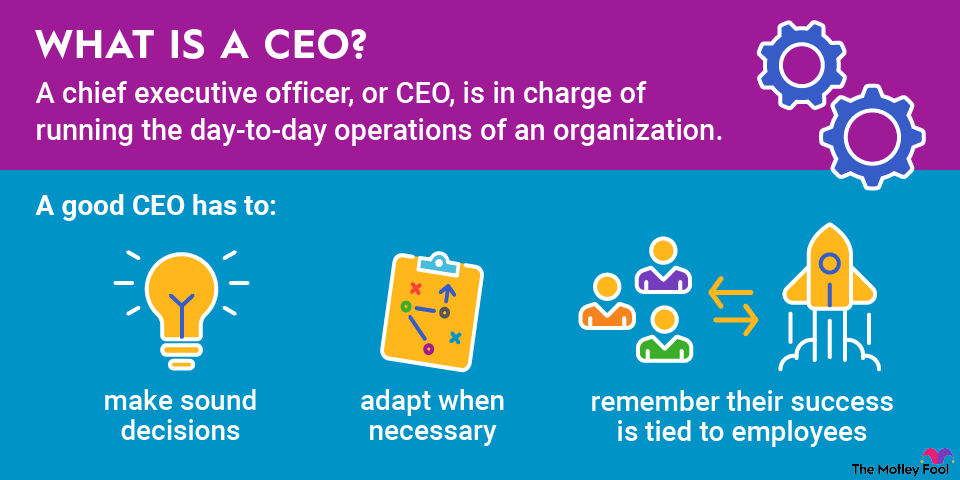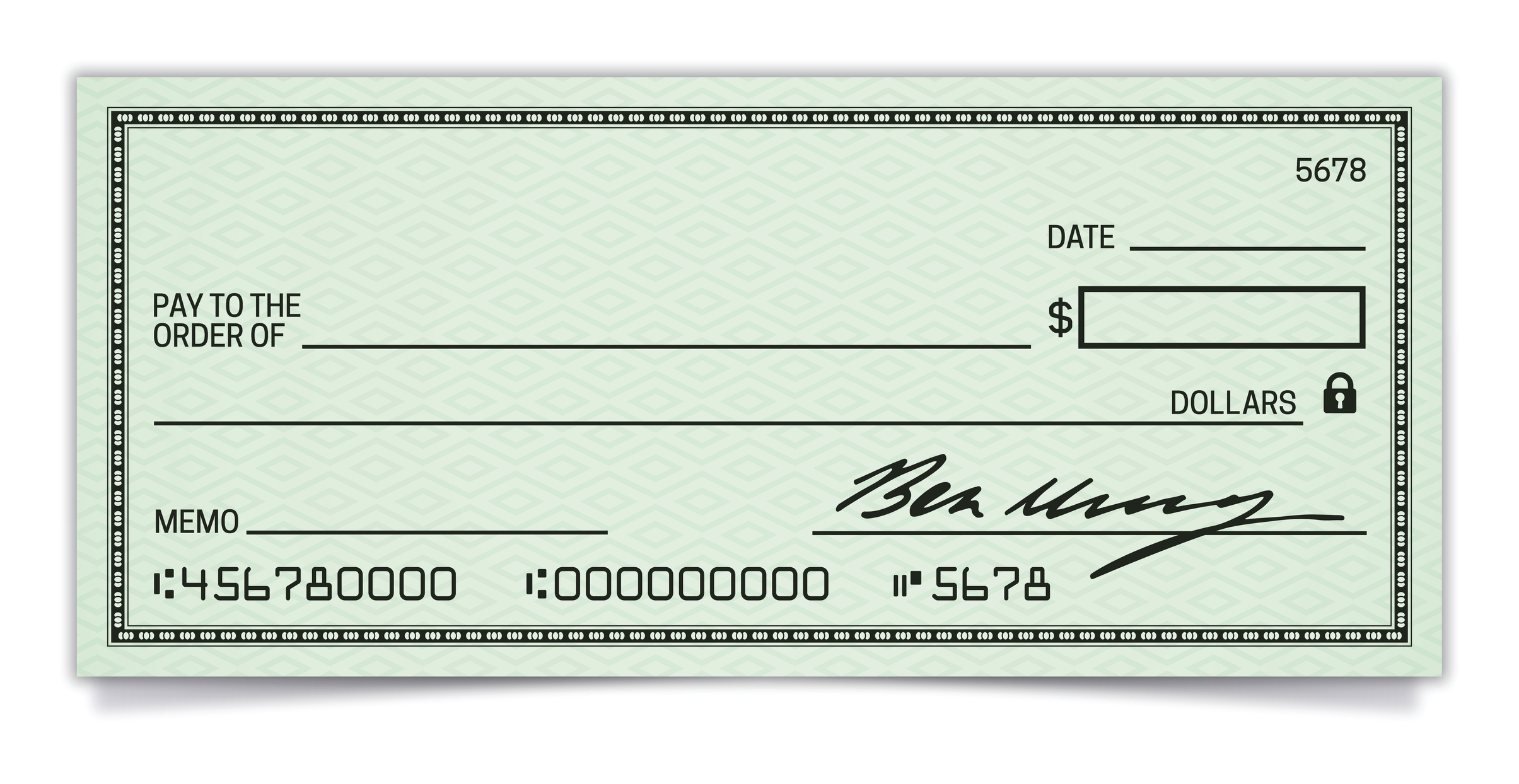Because COGS affects a company's overall profitability, it also affects stock performance. If revenue remains the same or increases while cost of goods sold goes down, then gross profit will increase. If revenue increases and COGS sees a lesser proportional increase, then the company's gross profit margin will increase.
However, a company's gross profit is different from its net income -- or total profit. Investors will have to look at revenue in relation to cost of sales to get the full profitability picture. COGS refers only to direct costs associated with the production of goods or services, while cost of sales includes the indirect expenses.
Cost of sales encompasses a wider range of expenses and will therefore be higher than cost of goods sold. The formula for determining cost of sales is:
Cost of sales = Cost of goods sold + Indirect expenses
On a company's income statement, cost of sales will be found preceding the earnings before itemizations and taxes (EBIT). For tax purposes, a company can deduct cost of goods sold; the more expansive cost of sales category is nondeductible.
Related investing topics
